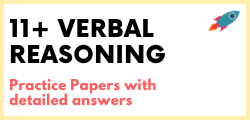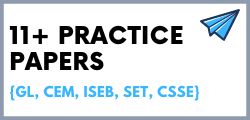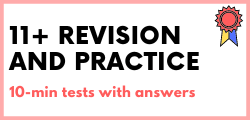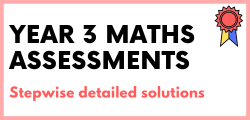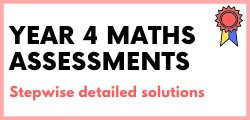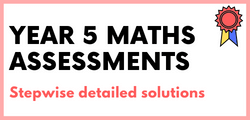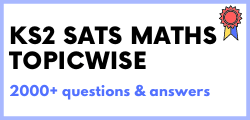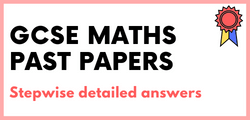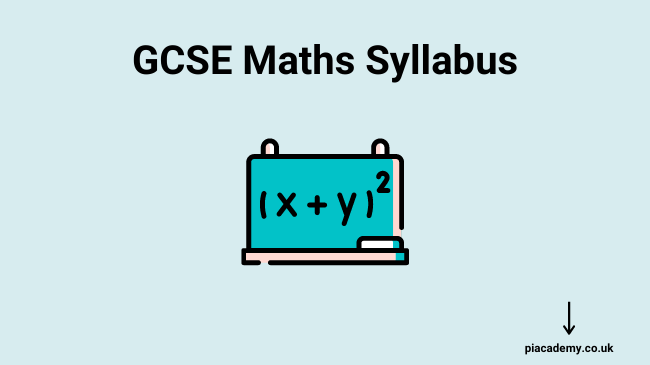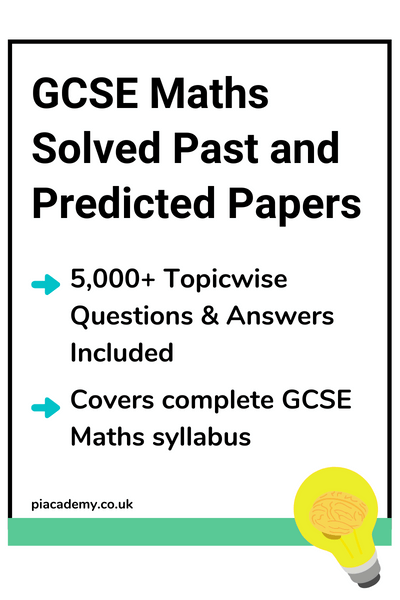Being aware of the importance that GCSE holds in the UK, we understand the overwhelming amount of tasks that students have to go through during years of preparation for different subjects of GCSE. So to ease them a bit, we chose to provide various resources like Practice papers or Syllabus, among many others, for all the subjects of GCSE. Out of all the other subjects this article is for GCSE Maths and here we have explained as well as discussed the GCSE maths syllabus point to point.
Introduction
General Certificate of Secondary Education offers an academic qualification in eight Particular subjects, out of which Maths is among the most demanded subjects. Consequently, students opting for maths have a lot of tasks to do in line with their preparation for the GCSE.
The syllabus might be a tricky thing to get in an already tense situation for young participants and their parents.
PiAcademy’s attempt through this article is to provide a point to point explained version of the GCSE Maths syllabus to the students.
The GCSE Maths syllabus covers the following topics:-
- Number
- Algebra
- Ratio, Proportion and Rates of exchange
- Geometry measures
- Probability
- Statistics
GCSE for Maths has 2 separate tiers of exams for students of different age groups. Foundation tier for grades 1-5 and Higher tier for grades 4-9. Students are required to take 3 question papers in the same series of their respective tiers.
Syllabus
Talking of the syllabus, the GCSE maths syllabus is split into different topics out of the 6 subject areas mentioned above. We are going further to discuss each of them individually. PiAcademy abides by the GCSE subject content and assessment objectives set out by the Department of Education
1. Number
Structure and calculation
- Decimals, Integers(positive and negative), Fractions
- Symbols =, ≠, <, >, ≤, ≥
- Applying the four operations, including formal written methods, to integers, decimals and simple fractions (proper and improper), and mixed numbers – all both positive and negative.
- Using place value (e.g. when working with very large or very small numbers, and when calculating with decimals)
- Recognise and use relationships between operations, including inverse operations (e.g. cancellation to simplify calculations and expressions.)
- Use conventional notation for the priority of operations, including brackets, powers, roots and reciprocals.
- Use the concepts and vocabulary of prime numbers, factors (divisors), multiples, common factors, common multiples, highest common factor, lowest common multiple, prime factorisation, including using product notation and the unique factorisation theorem
- Apply systematic listing strategies and use the product rule for counting.
- Use positive integer powers and associated real roots (square, cube and higher), recognise powers of 2, 3, 4, 5.
- Estimate the powers and roots of any given positive number.
- Calculate with roots, and with integer and fractional indices.
- Calculate exactly with fractions and multiples of π.
- Simplify surd expressions involving squares and rationalise denominators
Fractions, decimals and percentages
- Work interchangeably with decimals and their fractions.
- Change recurring decimals into their corresponding fractions.
- Interpret fractions and percentages as operators.
Measures and accuracy
- Use standard units of mass, length, time and money.
- Check calculations using approximation and estimation.
- Round numbers and degree of accuracy.
- Use inequality notation for simple error intervals due to truncation or rounding.
- Interpret limits of accuracy, including upper and lower bounds.
2. Algebra
Notation, vocabulary and manipulation
- Use and interpret algebraic notation.
- Understand and use the concepts and vocabulary of expressions.
- Substitute numerical values into formulae and expressions, including scientific formulae.
- Simplify and manipulate algebraic expressions.
- Multiplying a single term by taking out common factors.
- Factorising quadratic expressions including the difference of two squares.
- Simplifying expressions involving sums, products and powers.
- Know the difference between an equation and an identity.
- Argue mathematically to show algebraic expressions are equivalent and use algebra to support and construct arguments.
- Interpret simple expressions as functions with inputs and outputs.
Graphs
- Identify parallel and perpendicular lines.
- Find the equation of the line through two given points, or through one point with a given gradient.
- Work with coordinates in all four quadrants.
- Identify and interpret gradients and intercepts of linear functions graphically and algebraically.
- Interpret roots, intercepts, and turning points of quadratic functions graphically.
- Recognise and use the equation of a circle with the centre at the origin and find the equation of a tangent to a circle at a given point.
Solving equations and inequalities
- Solve quadratic equations algebraically by factoring, completing the square and using the quadratic formula.
- Find approximate solutions using a graph.
- Solve linear equations in one unknown algebraically.
- Translate simple situations or procedures into algebraic expressions or formulae.
- Represent the solution set on a number line, using set notation and on a graph.
Sequences
- Recognise and use sequences of triangular, square and cube numbers, simple arithmetic progressions, Fibonacci type sequences, quadratic sequences, and simple geometric progressions.
- Deduce expressions to calculate the nth term of linear and quadratic sequences.
- Generate terms of a sequence from either a term-to-term or a position-to-term rule
3. Ratio, proportion and rates of change
- Use ratio notation, including reduction to simplest form.
- Apply ratio to real contexts and problems involving conversion, comparison, scaling, mixing, and concentrations.
- Change freely between related standard units (e.g. time, length, area, volume/capacity, mass) and compound units (e.g. speed, rates of pay, prices, density, pressure) in numerical and algebraic contexts.
- Understand and use proportion as equality of ratios and relate ratios to fractions and to linear functions.
- Define percentage as ‘number of parts per hundred’; interpret percentages and percentage changes as a fraction or a decimal.
- Express one quantity as a percentage of another; compare two quantities using percentages and work with percentages greater than 100%.
- Solve problems involving percentage change, including percentage increase/decrease and original value problems, and simple interest including in financial mathematics.
- Solve problems involving direct and inverse proportion, including graphical and algebraic representations.
- Use compound units such as speed, rates of pay, unit pricing, density and pressure.
- Compare lengths, areas and volumes using ratio notation; make links to similarity and scale factors.
- Understand that X is inversely proportional to Y is equivalent to X is proportional to 1 Y.
- Construct and interpret equations that describe direct and inverse proportion.
- Interpret the gradient of a straight line graph as a rate of change; recognise and interpret graphs that illustrate direct and inverse proportion.
- Apply the concepts of average and instantaneous rate of change in numerical, algebraic and graphical contexts.
- Set up, solve and interpret the answers to growth and decay problems, including compound interest and work with general iterative processes.
4. Geometry and measures
Properties and constructions
- Apply the properties of angles at a point, angles at a point on a straight line, and vertically opposite angles.
- Understand and use alternate and corresponding angles on parallel lines and derive and use the sum of angles in a triangle.
- Derive and apply the properties and definitions of special types of quadrilaterals, including square, rectangle, parallelogram, trapezium, kite and rhombus and triangles.
- Use conventional terms and notations: points, lines, vertices, edges, planes, parallel lines, perpendicular lines, right angles, polygons, regular polygons and polygons with reflection and/or rotation symmetries.
- Use the standard conventions for labelling and referring to the sides and angles of triangles and the basic congruence criteria for triangles (SSS, SAS, ASA, RHS).
- Apply angle facts, triangle congruence, similarity and properties of quadrilaterals, Pythagoras’ Theorem and use known results to obtain simple proofs.
- Describe and construct congruent and similar shapes on coordinate axes, by considering rotation, reflection, translation and enlargement.
- Identify and apply circle definitions and properties, including centre, radius, chord, diameter, circumference, tangent, arc, sector and segment.
- Construct and interpret plans and elevations of 3D shapes.
Mensuration and calculation
- Measure line segments and angles in geometric figures, including interpreting maps and scale drawings and use of bearings.
- Know and apply formulae to calculate: the area of triangles, parallelograms, trapezia; the volume of cuboids and other right prisms (including cylinders).
- Calculate perimeters of 2D shapes, including circles; areas of circles and composite shapes; surface area and volume of spheres, pyramids, cones and composite solids.
- use standard units of measure like length, area, volume/capacity, mass, time, and money.
Vectors
- Apply addition and subtraction of vectors, multiplication of vectors by a scalar, and diagrammatic and column representations of vectors.
- Use vectors to construct geometric arguments and proofs.
- Describe translations as 2D vectors.
5. Probability
- Apply ideas of randomness, fairness and equally likely events to calculate expected outcomes.
- Relate relative expected frequencies to the theoretical probability.
- Understand that empirical unbiased samples tend towards theoretical probability distributions, with increasing sample size.
- Enumerate sets and combinations of sets systematically, using tables, grids, Venn diagrams and tree diagrams.
- Record describe and analyse the frequency of outcomes of probability experiments using tables and frequency trees.
- Calculate the probability of independent and dependent combined events, including using tree diagrams and other representations.
6. Statistics
- Knowing the limitations of sampling, infer properties of populations or distributions from a sample.
- Interpret and construct tables, charts and diagrams, including frequency tables, bar charts, pie charts and pictograms.
- Construct and interpret diagrams for grouped discrete data and continuous data.
- Interpret, analyse and compare the distributions of data sets from empirical distributions, graphical representation and appropriate measures of central tendency.
- Apply statistics to describe a population.
- Use and interpret scatter graphs of bivariate data; recognise the correlation and know that it does not indicate causation.









